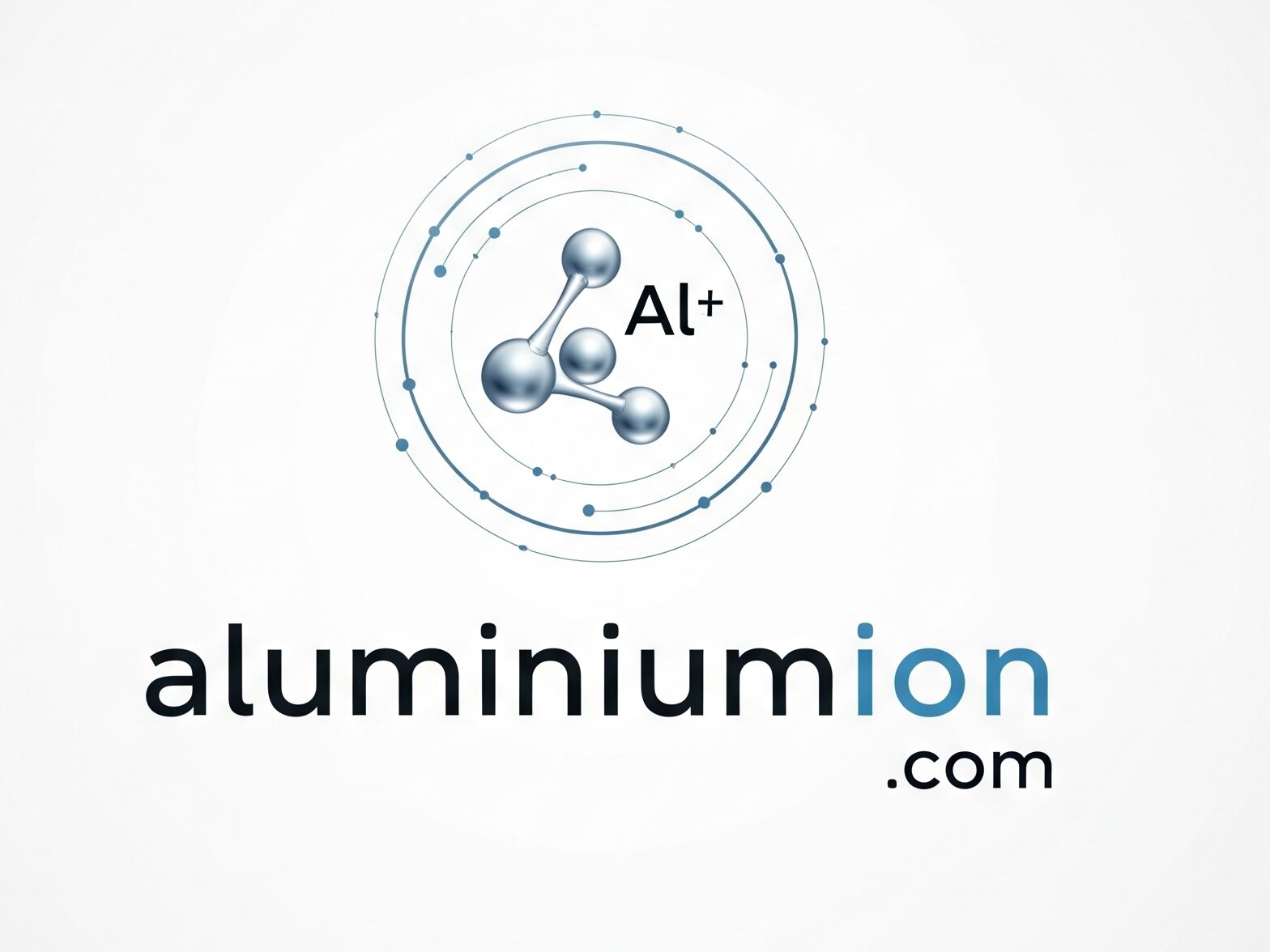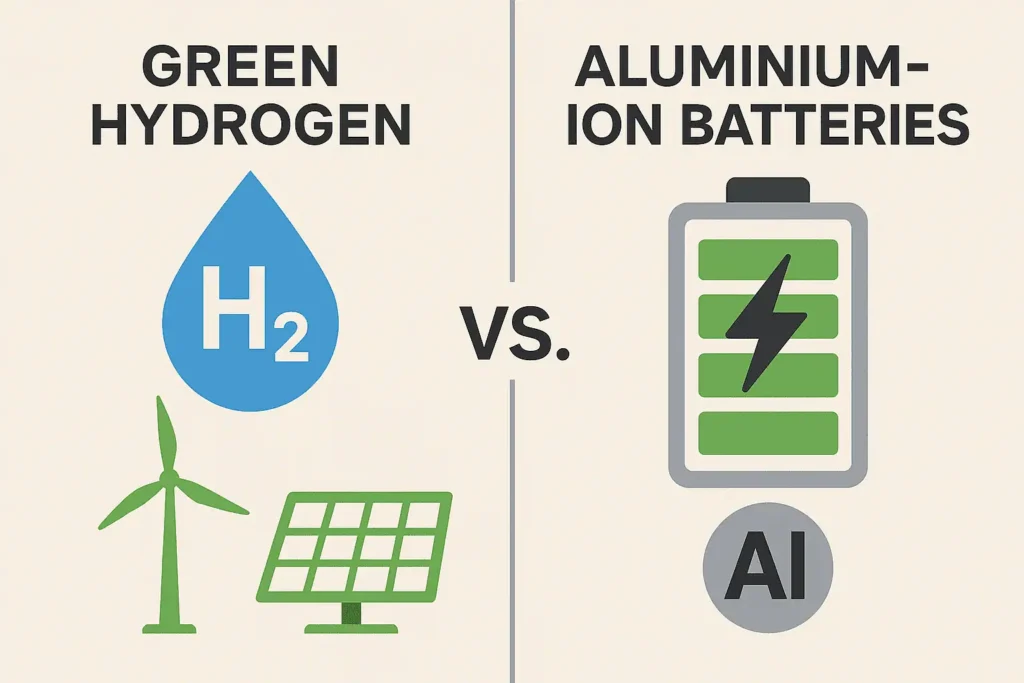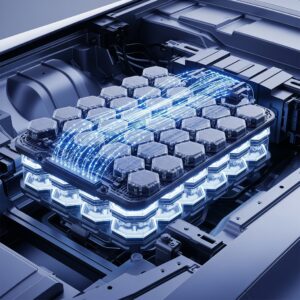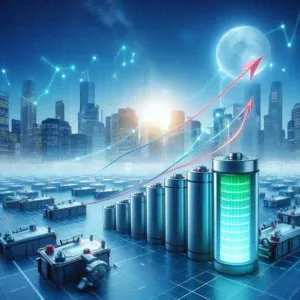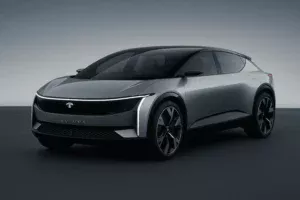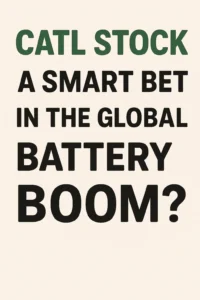As the world shifts toward sustainable energy, two groundbreaking technologies are making waves: Green Hydrogen and Aluminium-Ion Batteries. Both promise to revolutionize how we store and use clean energy, but which one holds the key to a carbon-free future?
At Aluminiumion.com, we’re passionate about next-gen energy solutions. In this blog, we’ll compare these two technologies, exploring their strengths, challenges, and potential applications—helping you understand which might dominate the energy landscape.
Understanding Green Hydrogen
What Is Green Hydrogen?
Green hydrogen is produced by splitting water (H₂O) into hydrogen and oxygen using renewable electricity (solar, wind, or hydro). Unlike grey hydrogen (made from fossil fuels), green hydrogen is 100% emissions-free.
How Is It Stored & Used?
- Storage: Compressed or liquefied in tanks
- Transport: Pipelines or specialized carriers
- Usage: Fuel cells (electricity generation), industrial processes, transportation
Pros of Green Hydrogen
✔ Zero carbon emissions when produced with renewables
✔ High energy density—great for heavy industries (steel, shipping, aviation)
✔ Long-duration storage—can store energy for weeks or months
Challenges of Green Hydrogen
❌ High production cost (electrolysis requires massive renewable energy)
❌ Storage & transport difficulties (needs extreme compression or cooling)
❌ Energy losses (conversion inefficiencies reduce overall efficiency)
Understanding Aluminium-Ion Batteries
What Are Aluminium-Ion Batteries?
Aluminium-ion (Al-ion) batteries are a next-generation energy storage technology that uses aluminium as the anode. They’re emerging as a safer, cheaper, and more sustainable alternative to lithium-ion batteries.
How Do They Work?
- Charge/Discharge: Aluminium ions move between anode and cathode
- Storage: Solid-state (no flammable liquid electrolytes)
- Usage: Grid storage, EVs, consumer electronics
Pros of Aluminium-Ion Batteries
✔ Faster charging than lithium-ion
✔ Higher safety (no thermal runaway risk)
✔ Lower cost (aluminium is abundant & recyclable)
✔ Longer lifespan (more charge cycles)
Challenges of Aluminium-Ion Batteries
❌ Lower energy density (currently less than lithium-ion)
❌ Still in development (not yet mainstream)
Green Hydrogen vs. Aluminium-Ion: Head-to-Head Comparison
| Feature | Green Hydrogen | Aluminium-Ion Batteries |
|---|---|---|
| Energy Storage Duration | Long-term (weeks/months) | Short-to-medium-term (hours/days) |
| Energy Density | Very High | Moderate (improving) |
| Efficiency | ~30-40% (due to conversion losses) | ~85-90% |
| Cost | Expensive (electrolysis, storage) | Lower (abundant materials) |
| Scalability | Best for heavy industry & transport | Ideal for grid storage, EVs, electronics |
| Maturity | Growing, but infrastructure needed | Emerging, rapid advancements |
Which One Will Dominate the Future?
✅ Green Hydrogen Wins For:
- Heavy industries (steel, chemicals, aviation)
- Long-term energy storage (seasonal storage)
- Global energy transport (shipping hydrogen globally)
✅ Aluminium-Ion Batteries Win For:
- Fast-response grid storage (solar/wind integration)
- Electric vehicles & portable electronics
- Urban energy solutions (safer, cheaper, scalable)
The Best Scenario? A Hybrid Future!
Instead of competing, green hydrogen and Al-ion batteries could complement each other:
- Hydrogen for long-term, high-energy-demand sectors
- Al-ion batteries for daily energy storage, mobility, and rapid deployment
Final Verdict: The Clean Energy Race Is On
Both green hydrogen and aluminium-ion batteries are critical in the transition to zero-emission energy. While hydrogen excels in heavy-duty applications, Al-ion batteries offer a safer, more efficient solution for everyday energy needs.
At Aluminiumion.com, we’re excited about the potential of Al-ion technology—especially as it evolves to compete with (and even surpass) existing energy storage options.
🔋 Which technology do you think will lead the clean energy revolution? Share your thoughts in the comments!
